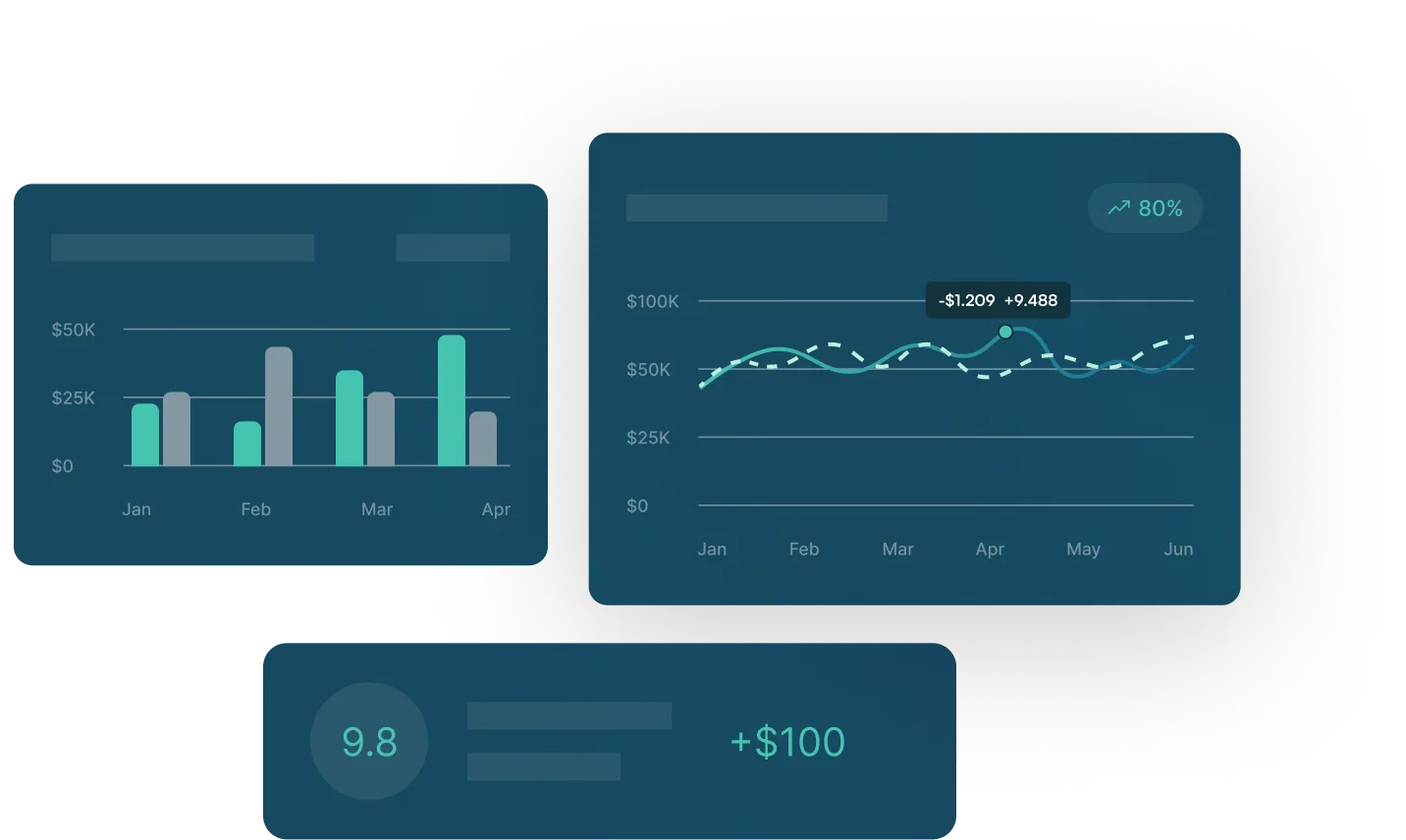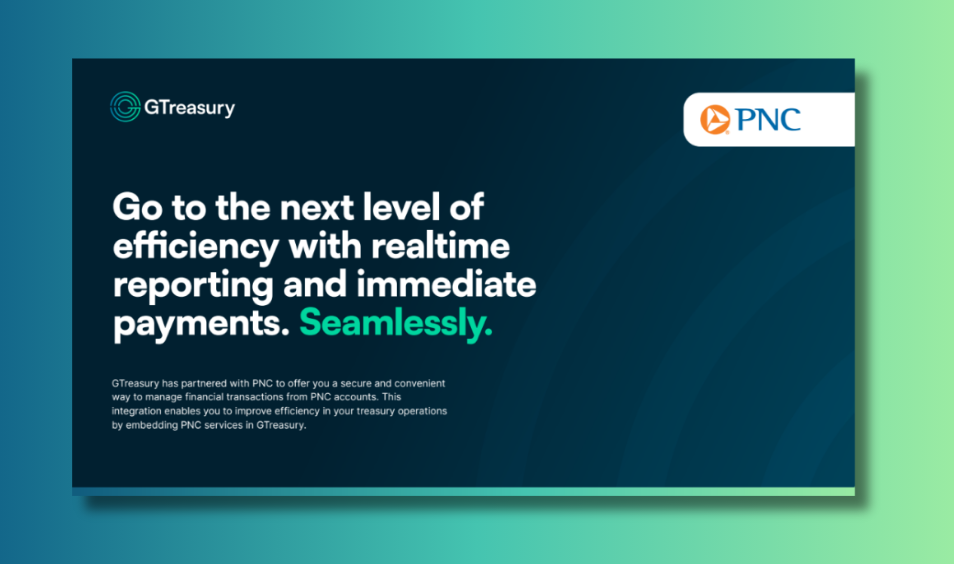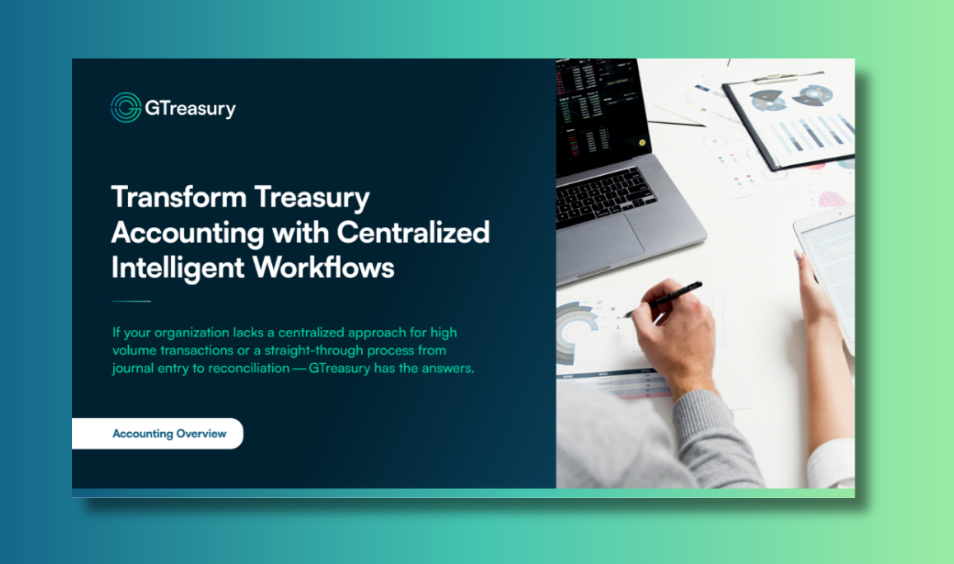Preliminary Considerations in Forecasting: How to Maximize the Value of Cash Forecasting Software

.jpg)
Measuring the accuracy of a cash forecast sounds like a simple concept, but it can prove to be difficult in execution. If you’re responsible for forecasting within your organization or rely on forecasts received from other people, the ongoing measurement of accuracy will be an important part of your forecasting process.
Without a full understanding of the importance of forecasting accuracy, you won’t have the confidence to use the forecasts you generate for reporting or decision-making purposes, nor will you be able to drive improvements in accuracy.
In large organizations where cash forecasting involves collecting vast amounts of data, it can be difficult to know what to measure and how frequently to measure it. In this article, we’ll outline some preliminary factors to consider when looking to improve the accuracy of your cash forecasting with cash forecasting software.
Preliminary Considerations for Cash Forecasting Software
There are a number of preliminary factors to consider before you commit time to measuring and tracking the accuracy of cash forecasts.
Actual Cash Data
It sounds obvious, but if you don’t have access to your actual cash data, you won’t be able to measure accuracy. Actual cash data, collected from either bank statements or ERP/accounting systems, is a key data input to any accuracy measurement calculation.
The detail of the actual cash data you have available will determine the level at which you can measure accuracy. For example, if you only have access to closing cash balances, you will only be able to measure the accuracy of the closing cash positions in your forecast.
However, if you have access to transactional cash flow data, you can measure the accuracy of the various components of a forecast such as operating and investing cash flows.
Defined Metrics
Cash forecasting processes in large companies involve gathering huge amounts of information. At a base level, forecasting requires a breakdown of details, spanning opening cash positions, closing cash positions, and cash flows classified into different categories (such as operating and investing), spread across multiple future time periods. The volume of data continues to grow when you factor in multiple business units, currencies, and time periods.
Focus is required to combat the challenges posed by managing lots of data and complexity. Start by focusing on the most important elements of your forecast, then expand the scope of your measurement when you have a full understanding of your most important metrics.
Time Horizon
A forecast's time horizon and its level of detail will have a big impact on the measurement of forecasting accuracy. While many people know immediately how far into the future they want to forecast, how do you measure the accuracy of a multi-period forecast?
While there is no easy answer, start by focusing on the time periods or dates that matter most to you. This could be month-end, year-end, or a monthly debt rollover date—identify these dates and build your forecast reporting process around them.
Time Horizon Forecasting Example
- 1 Month, Daily: Day-to-day cash and debt management, refreshed a number of times per week
- 13 Week: Medium-term planning and quarter end-visibility, refreshed once per week
- 12 Month: Mid- to long-term strategic planning and year-end visibility, refreshed once per month
Conclusion
Cash forecasting accuracy adds more certainty to your financial processes and encourages more strategic decision-making. By focusing on actual cash data, defined metrics, and appropriate time horizons, you can create a more scalable approach to forecasting. Start with your most critical metrics to establish a baseline, then you can work to minimize variances over time with the help of automated cash forecasting software.
To learn more about GTreasury’s cash forecasting software and expand your capabilities, request a consultation with our team of experts.
Preliminary Considerations in Forecasting: How to Maximize the Value of Cash Forecasting Software
Measuring the accuracy of a cash forecast sounds like a simple concept, but it can prove to be difficult in execution. If you’re responsible for forecasting within your organization or rely on forecasts received from other people, the ongoing measurement of accuracy will be an important part of your forecasting process.
Without a full understanding of the importance of forecasting accuracy, you won’t have the confidence to use the forecasts you generate for reporting or decision-making purposes, nor will you be able to drive improvements in accuracy.
In large organizations where cash forecasting involves collecting vast amounts of data, it can be difficult to know what to measure and how frequently to measure it. In this article, we’ll outline some preliminary factors to consider when looking to improve the accuracy of your cash forecasting with cash forecasting software.
Preliminary Considerations for Cash Forecasting Software
There are a number of preliminary factors to consider before you commit time to measuring and tracking the accuracy of cash forecasts.
Actual Cash Data
It sounds obvious, but if you don’t have access to your actual cash data, you won’t be able to measure accuracy. Actual cash data, collected from either bank statements or ERP/accounting systems, is a key data input to any accuracy measurement calculation.
The detail of the actual cash data you have available will determine the level at which you can measure accuracy. For example, if you only have access to closing cash balances, you will only be able to measure the accuracy of the closing cash positions in your forecast.
However, if you have access to transactional cash flow data, you can measure the accuracy of the various components of a forecast such as operating and investing cash flows.
Defined Metrics
Cash forecasting processes in large companies involve gathering huge amounts of information. At a base level, forecasting requires a breakdown of details, spanning opening cash positions, closing cash positions, and cash flows classified into different categories (such as operating and investing), spread across multiple future time periods. The volume of data continues to grow when you factor in multiple business units, currencies, and time periods.
Focus is required to combat the challenges posed by managing lots of data and complexity. Start by focusing on the most important elements of your forecast, then expand the scope of your measurement when you have a full understanding of your most important metrics.
Time Horizon
A forecast's time horizon and its level of detail will have a big impact on the measurement of forecasting accuracy. While many people know immediately how far into the future they want to forecast, how do you measure the accuracy of a multi-period forecast?
While there is no easy answer, start by focusing on the time periods or dates that matter most to you. This could be month-end, year-end, or a monthly debt rollover date—identify these dates and build your forecast reporting process around them.
Time Horizon Forecasting Example
- 1 Month, Daily: Day-to-day cash and debt management, refreshed a number of times per week
- 13 Week: Medium-term planning and quarter end-visibility, refreshed once per week
- 12 Month: Mid- to long-term strategic planning and year-end visibility, refreshed once per month
Conclusion
Cash forecasting accuracy adds more certainty to your financial processes and encourages more strategic decision-making. By focusing on actual cash data, defined metrics, and appropriate time horizons, you can create a more scalable approach to forecasting. Start with your most critical metrics to establish a baseline, then you can work to minimize variances over time with the help of automated cash forecasting software.
To learn more about GTreasury’s cash forecasting software and expand your capabilities, request a consultation with our team of experts.
.jpg)
Ver Tesorería en acción
Conéctese hoy mismo con expertos de apoyo, soluciones integrales y posibilidades sin explotar.































.png)


























.png)




.jpeg)

.jpeg)










.jpeg)


.jpeg)







.jpeg)


.jpeg)









.jpeg)

















.png)




